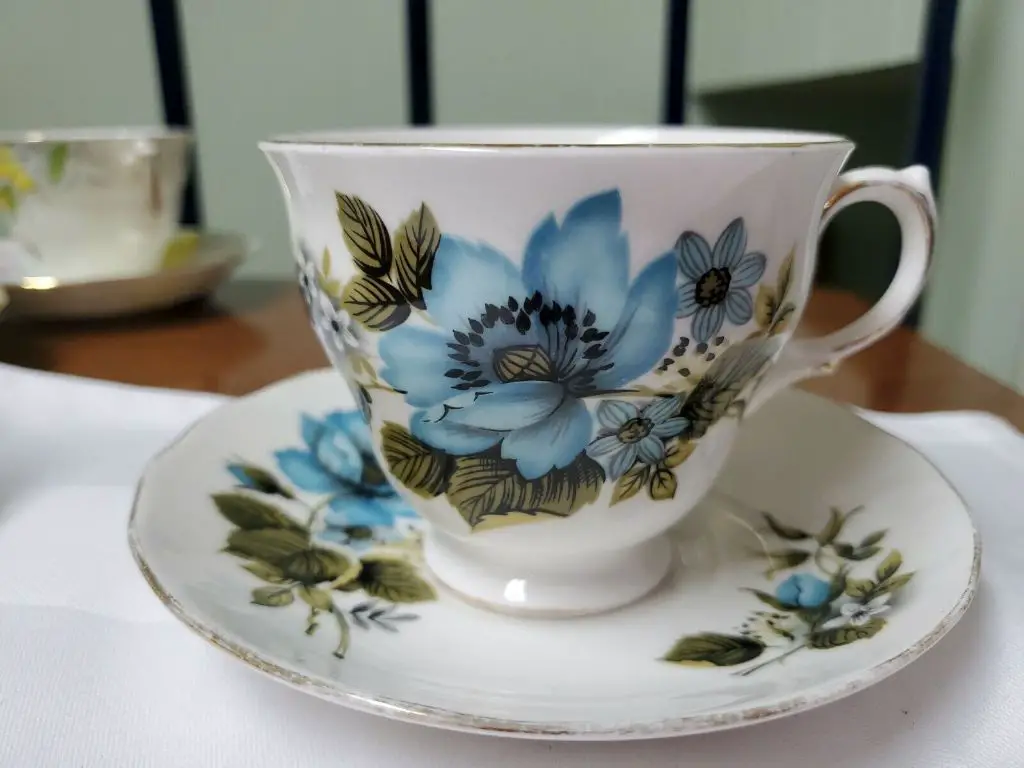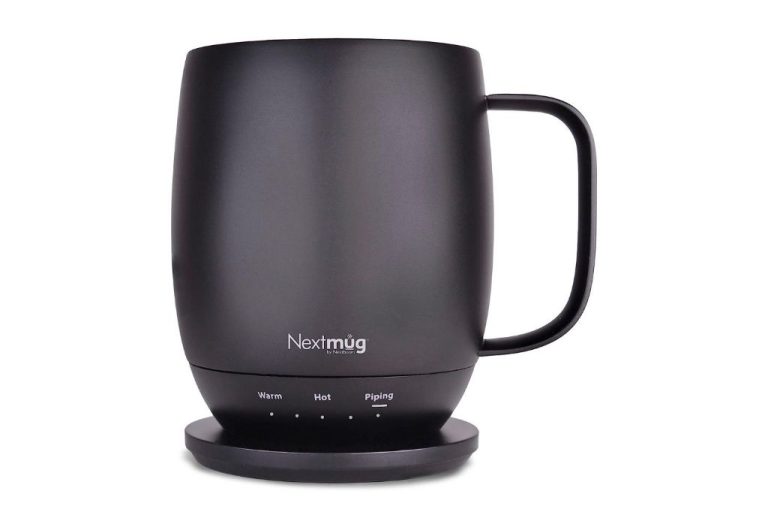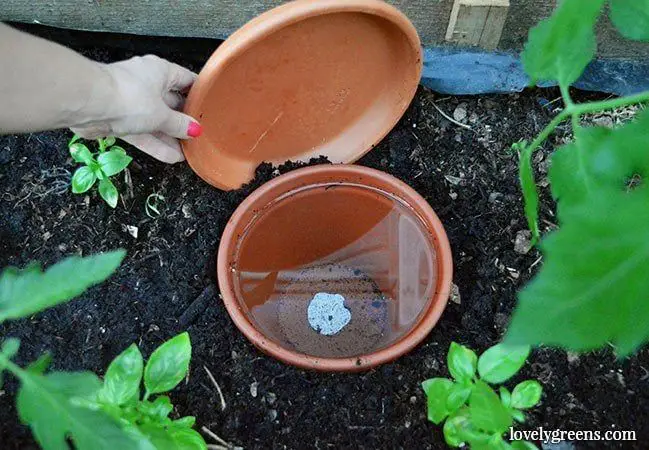Which Is Better Bone China Or Porcelain?
Bone china and porcelain are both types of dinnerware valued for their beauty, durability, and ability to withstand daily use. While they share some qualities, there are several key differences between the two.
Bone china contains bone ash, which is made from animal bones that have been burned and ground into a fine powder. The bone ash gives bone china its milky white color and translucency. Bone china was first developed in England in the early 1800s and is prized for its smooth surface and delicate decorations. It has high tensile strength but low thermal shock resistance.
Porcelain, by contrast, is made from clays fired at very high temperatures. Porcelain was first produced centuries ago in China. It is known for its bright white color, hardness, and resistance to chips and cracks. Unlike bone china, porcelain does not contain bone ash. It is generally more durable but also heavier and somewhat less translucent than bone china.
History
The origins of bone china and porcelain date back centuries to China. Porcelain production began during the Tang Dynasty in China around the 7th century AD. Early porcelain was made from a mixture of kaolin clay and ground petuntse rock. This original porcelain recipe created a delicate, white, translucent ceramic that became highly prized and traded extensively. Porcelain was later produced in Europe starting in the 18th century. Bone china was developed in England in the late 18th century when bone ash was added to the porcelain mixture. The addition of bone ash, made by calcining cattle bones, gave bone china extra whiteness and translucency while also increasing its strength and robustness.
Manufacturing Process
Bone china and porcelain have some similarities in their manufacturing process, but there are also key differences. Bone china contains at least 30% bone ash, which is what gives it an extremely high level of whiteness and translucency compared to porcelain (https://luxurybonechina.com/bone-china-made/). To make bone china, bone ash is mixed with china clay and feldspar before being shaped and fired at very high temperatures up to 1300°C. The high heat causes the bone ash, clay and feldspar to vitrify and become translucent (https://www.wedgwood.com/en-us/welcome-to-wedgwood/buying-guides/a-guide-to-bone-china).
Porcelain, on the other hand, does not contain bone ash. It is made from china clay and feldspar or quartz fired at high temperatures up to 1400°C. The lack of bone ash makes porcelain whiter than earthenware but not as white as bone china. Porcelain also becomes vitrified and translucent from the high heat, but the composition differences affect the final strength, white color, and translucency.
Ingredients
The primary ingredients in bone china are bone ash, china clay and china stone. Bone ash, made by burning animal bones, makes up around 50% of bone china. It gives bone china its milky white color and translucency. China clay, also known as kaolin, makes up around 25% of bone china. It provides plasticity and strength. China stone, or petuntse, makes up around 25% and gives bone china its hardness.
Porcelain, on the other hand, does not contain any bone ash. It is primarily composed of china clay (kaolin) and china stone (petuntse), in about a 2:1 ratio. The purity of the kaolin and the firing process give porcelain its bright white color and translucency. While bone ash improves the workability and translucency of bone china, it also makes it weaker than porcelain.
The different ingredients that compose bone china and porcelain account for most of the differences between the two. Bone china derives its milky white color and softness from the bone ash, while the mineral ingredients make porcelain harder and brighter white.
Source: https://pitochina.com/a-101-guide-understand-the-types-of-ceramic-used-in-china-plates/
Appearance
There are some notable visual differences between bone china and porcelain. Bone china has a characteristic translucency and whiteness that porcelain does not have. This is due to the higher percentage of bone ash in the composition of bone china, which gives it a more translucent appearance than porcelain.
Porcelain often has a slightly grayish or bluish tint to it, while bone china is very white and luminous. Bone china appears brighter and clearer, while porcelain can look darker and opaque in comparison. The high content of kaolin clay in porcelain contributes to its more matte look.
When examined side by side, bone china has a softer, silkier finish than porcelain. The surface of porcelain is more glassy and shiny. Porcelain also shows tool marks more clearly, while bone china has a smoother surface that hides imperfections.
In terms of thickness, bone china tends to be thinner and more delicate than porcelain. Top quality bone china is paper-thin, while porcelain is usually thicker and heavier.
When tapped, bone china will produce a light, bell-like ringing sound. Porcelain has a tendency to produce a flatter, duller sound.
These visible and audible cues can help distinguish bone china from porcelain upon close inspection. Bone china’s translucent, bright white appearance and delicate thinness sets it apart from the more opaque, grayish porcelain.
Strength
Bone china tends to be more delicate and brittle than porcelain. Bone china has lower mechanical strength due to its high bone ash content, which comprises approximately 50% of the material (1). The remaining composition is approximately 25% kaolin and 25% feldspar. In contrast, porcelain contains mainly kaolin clay and feldspar, resulting in higher strength. The high firing temperatures used for porcelain also make it denser and less porous than bone china (2).
While bone china has a refined appearance, its low tensile strength makes it prone to chipping. Porcelain is generally considered more durable for daily use. However, there are exceptions. Some manufacturers have developed innovative bone china formulas that approach the strength of porcelain while retaining the classic translucent qualities (3).

Use Cases
Bone china and porcelain are used in a variety of settings, though they each tend to be preferred for certain uses over others:
Bone china is prized for its delicate translucency and refined appearance, making it a popular choice for fine china dinnerware and teaware. The addition of bone ash enables bone china to be crafted into thinner, lighter pieces than standard porcelain. This makes it ideal for creating intricate decorative items like figurines and vases as well.
Porcelain is valued for its bright whiteness, hardness, and durability. It is commonly used to produce sturdy tableware and serveware able to withstand frequent use and cleaning. Porcelain’s versatility also makes it suitable for creating ceramic sanitaryware like toilets, sinks, and bathtubs. Additionally, its smooth surface accepts decorative painting and gilt details very well.
In summary, bone china’s delicate translucency suits it for decorative objects and formal dining, while porcelain’s ruggedness makes it preferable for heavy-use tableware and sanitaryware. The choice between the two depends largely on the aesthetics and durability required for the application.
Cost
Bone china is generally more expensive than porcelain. This is due to the higher cost of materials and more intricate manufacturing process required for bone china. According to source, bone china can cost 2-3 times more than porcelain. The bone ash included in bone china requires extra processing, which contributes to the higher price. Additionally, bone china tends to be made in smaller batches than porcelain, which has higher volume production. This results in economies of scale for porcelain that allow it to be more affordably priced.
Porcelain is less expensive partially due to its simpler ingredients of clay, feldspar and quartz. It does not require bone ash. The manufacturing process for porcelain is also less extensive than bone china, involving fewer firing cycles and hand decorating. Porcelain can be mass produced efficiently. However, higher end and artisanal porcelain that involves detailed artwork and decoration can still be quite expensive, rivaling some bone china prices. But in general, porcelain dinnerware is considered a very cost effective option compared to bone china.
Maintenance
Both bone china and porcelain require some special care when cleaning and storing to prevent chips, cracks, and other damage. However, there are some differences in the ideal maintenance routines for each material.
For bone china, it is recommended to hand wash items with a soft sponge and mild detergent. Soaking is not advised as it can damage decorative elements. Bone china should be rinsed and dried thoroughly. It is also best to avoid putting bone china in the dishwasher, as the high heat and harsh detergents can cause the glaze to crack or fade over time. Care should be taken when stacking bone china to prevent scratches and chips.
Porcelain is more durable than bone china in terms of cleaning. Porcelain dishware can usually be washed in the dishwasher on a low heat setting, though hand washing is still recommended for decorative and antique pieces. Porcelain should be rinsed promptly after use to prevent stains from setting. Abrasive scouring pads should also be avoided. Porcelain is generally more resistant to chipping than bone china. However, care should still be taken to avoid knocking porcelain pieces together when stacking and storing.
Overall, both porcelain and bone china require gentle care. However, bone china is more prone to chipping and color fading over time, especially when machine washed. This makes bone china slightly more high-maintenance than porcelain in terms of care requirements.
Conclusion
When it comes down to it, bone china and porcelain have some key differences that make each better suited for certain uses. Here’s a quick summary:
Bone china has a warmer, ivory-like color and a translucent appearance. It’s made with bone ash, giving it more flexibility and durability despite being thinner and lighter. The added translucency and delicacy make bone china a better choice for formal dinnerware and teaware. However, it requires more careful handling.
Porcelain is brighter white, heavier, and more opaque. It’s made purely from clay and minerals, allowing thicker tableware that withstands impact and extreme temperatures. Porcelain works well for both casual, everyday dishes and specialized culinary use. It’s less prone to chipping if treated properly.
While porcelain is more affordable and durable overall, bone china excels when thinness and refined aesthetics matter most. For most households, porcelain may be the safer choice. However, bone china offers an elegant dining experience. Ultimately, consider your priorities, usage, and budget.



